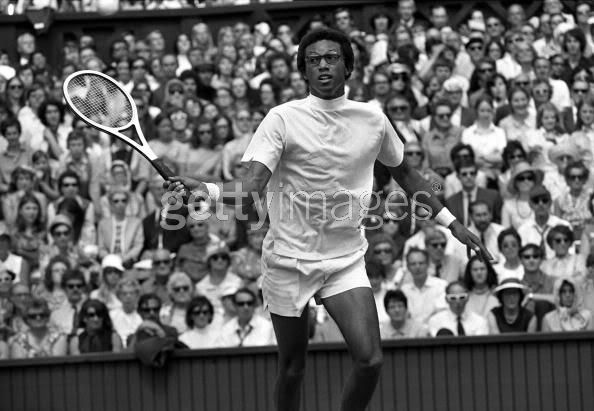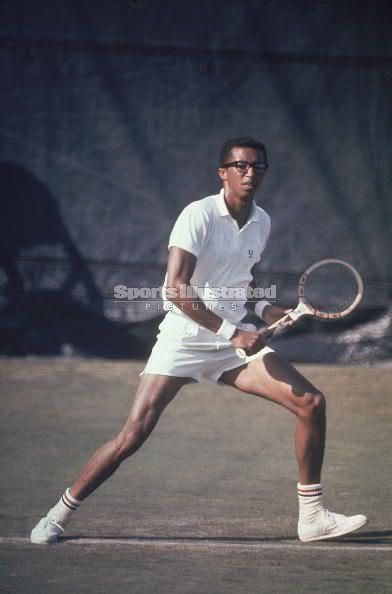Here's the Trabert C-6 -- according to Kuebler's book, one of the first all-graphite racquets. He has it listed as 1974; the Aldila Cannon is listed as 1976. I haven't heard of any all-graphites earlier than that, but they're probably out there.
The C-6 was made by a company called ProGroup, Inc. in the USA. There doesn't seem to be much information on the company. This may be the only racquet they ever manufactured. Maybe some other folks on the forum can shed some light on them.
I have two C-6s, and so have been able to take them out a couple of times to hit with my 18-year-old son. It was a lot of fun. They're great racquets, heavy, solid and well-balanced, and I was amazed at how well we could rally with them -- but we really had to concentrate on our form to hit that little sweet spot. My son was raised on the Babolat Pure Drive, and I think it was good for him to get out and give an old classic a try, gain an appreciation for the level of skill and consistency needed to play with a frame with a 70-in. head.










